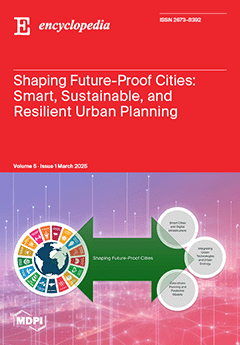Radiolysis of water and aqueous solutions refers to the decomposition of water and its solutions under exposure to ionizing radiation, such as γ-rays, X-rays, accelerated particles, or fast neutrons. This exposure leads to the formation of highly reactive species, including free radicals like
[...] Read more.
Radiolysis of water and aqueous solutions refers to the decomposition of water and its solutions under exposure to ionizing radiation, such as γ-rays, X-rays, accelerated particles, or fast neutrons. This exposure leads to the formation of highly reactive species, including free radicals like hydroxyl radicals (
●OH), hydrated electrons (e
−aq), and hydrogen atoms (H
●), as well as molecular products like molecular hydrogen (H
2) and hydrogen peroxide (H
2O
2). These species may further react with each other or with solutes in the solution. The yield and behavior of these radiolytic products depend on various factors, including pH, radiation type and energy, dose rate, and the presence of dissolved solutes such as oxygen or ferrous ions, as in the case of the ferrous sulfate (Fricke) dosimeter. Aqueous radiation chemistry has been pivotal for over a century, driving advancements in diverse fields, including nuclear science and technology—particularly in water-cooled reactors—radiobiology, bioradical chemistry, radiotherapy, food preservation, wastewater treatment, and the long-term management of nuclear waste. This field is also vital for understanding radiation effects in space.
Full article




